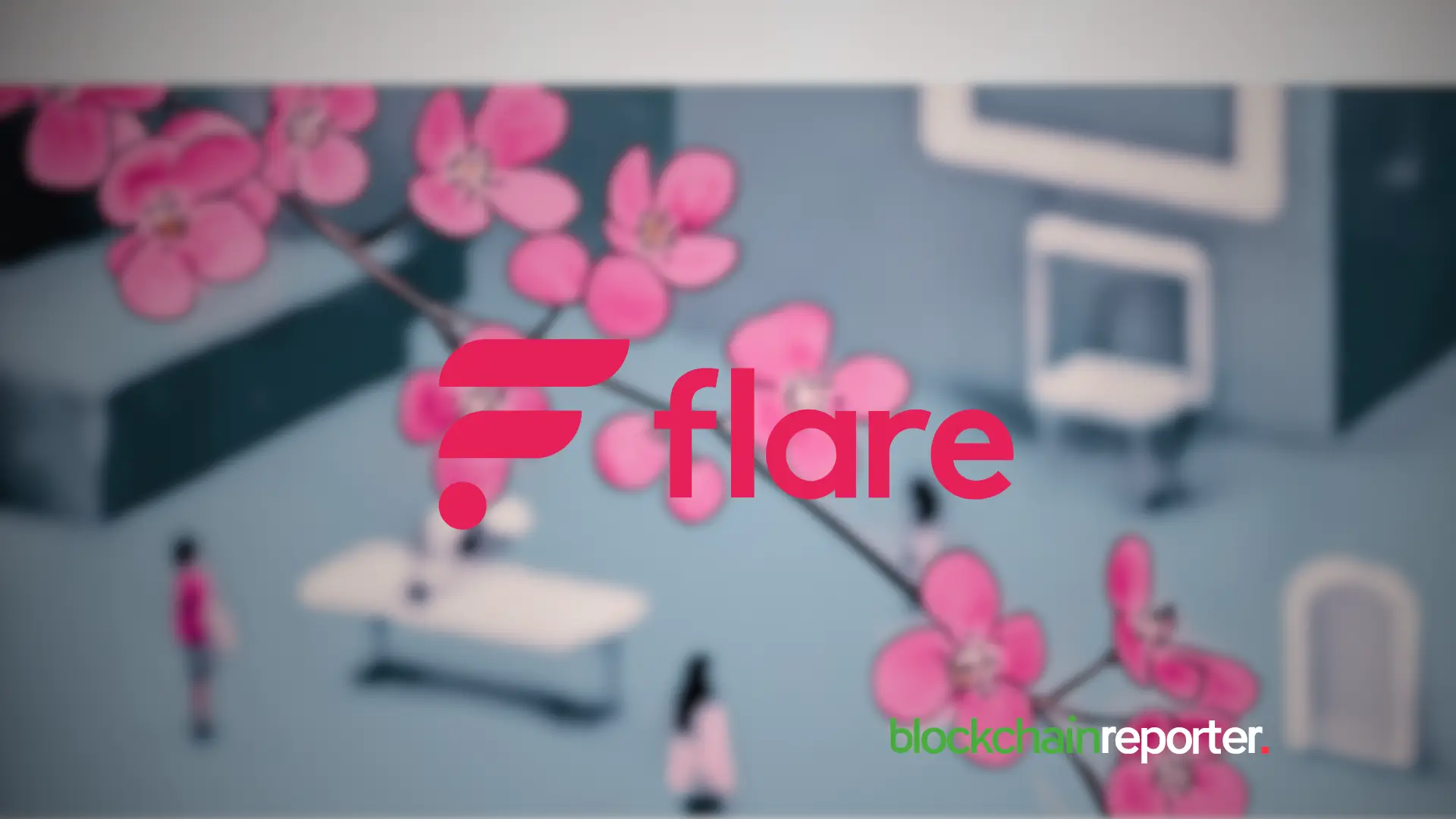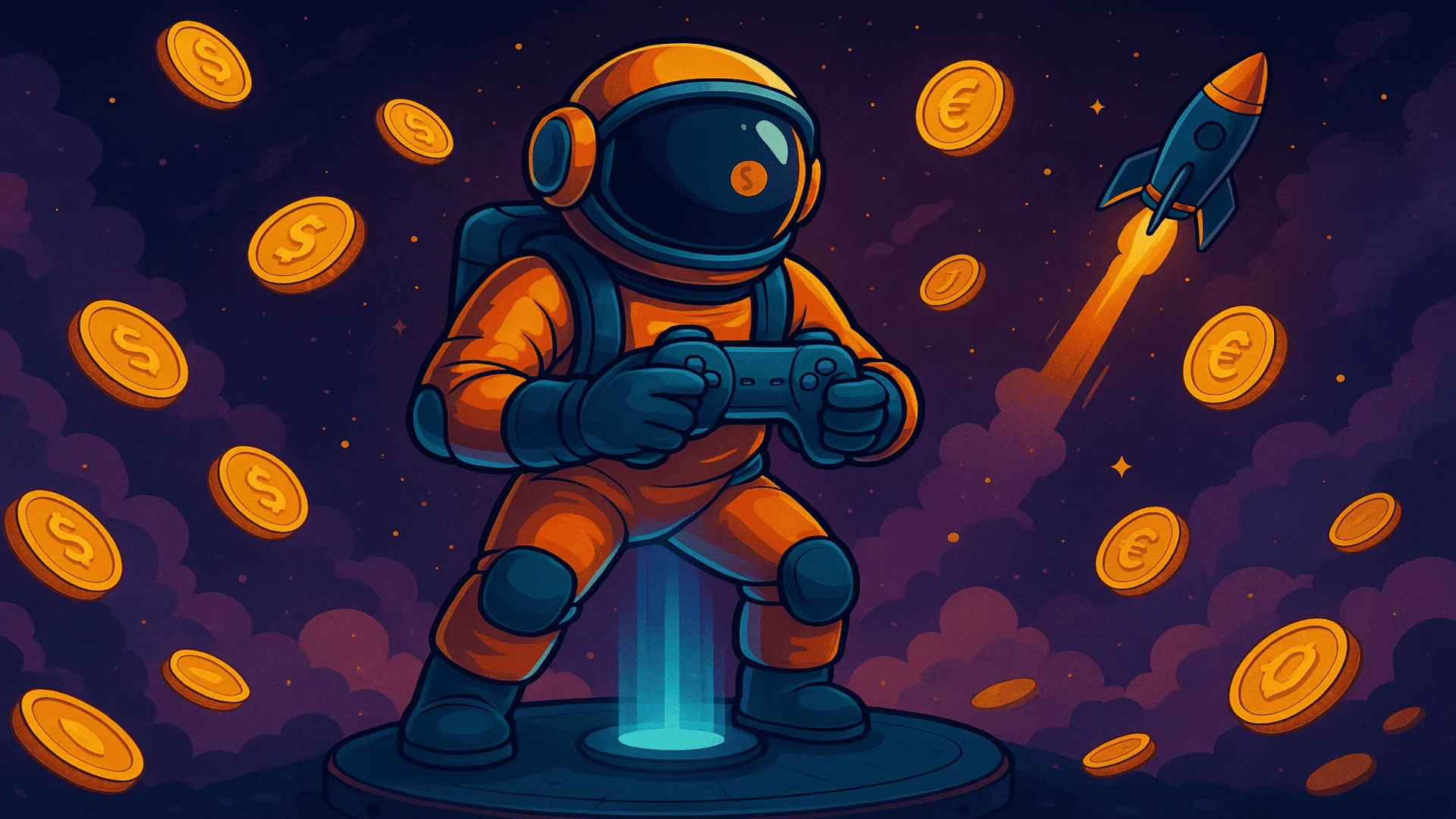How Flare Network is Unlocking XRP’s Huge DeFi Potential



XRP has long been known for its low transaction fees and fast confirmations, but in the absence of native smart contracts, it stood on the sidelines as DeFi boomed. That all changed recently with Flare Network’s launch of FXRP, a wrapped form of XRP that belatedly brings the asset to the DeFi ball.
For the first time, XRP holders can mint a non-custodial, overcollateralized version of XRP and deploy it freely across DeFi protocols, such as those related to lending, trading, and liquidity provision. In effect, Flare has retrofitted XRP for DeFi without altering its core value proposition. In fact, it has enhanced it.
Let’s face it, an XRP-backed asset for use in DeFi was long overdue. So its success thus far is of no surprise: Since launching in late September, Flare hit its initial 50 million minting cap before unlocking another 20 million.
The Rise of XRPFi on Flare
With the total value locked in DeFi now standing at $138.6 billion, the opportunities to utilize XRP are plentiful. In developing FXRP, and providing a range of protocols where it can be traded, lent, and supplied as liquidity, Flare has quickly become the largest EVM DeFi ecosystem for Ripple.
Flare’s DeFi stack includes SparkDEX , a decentralized exchange that allows users to utilize FXRP collateral while trading perps with up to 500x leverage. Another option is Flamix , a perpetuals exchange powered by the Lynx trading engine, where traders can deposit FXRP as collateral and trade any market (crypto, forex, commodities) while staying long on XRP. Incidentally, FXRP liquidity pools initially receive incentive rewards in rFLR (Reward Flare), the network’s native reward token.
In a blog post published earlier this year, Flare pledged its commitment to building an XRP-focused DeFi environment, stating that it hoped to “empower XRP to reach its maximum potential as a powerful financial instrument in the cryptosphere.” The article noted the increased tide of stablecoin liquidity on Flare, its integration with leading XRPL-compatible wallets, and the role of FAssets, a protocol that serves as a trustless bridge between non-smart contract networks and Flare.
The Future of XRP
Since courts ruled that XRP was not a security two years ago, the path has been cleared for growth. Without this judgment, it is unlikely President Trump would have named XRP as one of five digital assets earmarked for his administration’s strategic crypto reserve, alongside BTC, ETH, SOL, and ADA.
These developments must have been on the mind of Cardano founder Charles Hoskinson, when he predicted last month that $100 billion worth of idle XRP could soon enter yield-bearing ecosystems. Hoskinson referenced renewed regulatory clarity and RWA integration as being factors that might transform the asset into a major DeFi liquidity source.
A Seat at the DeFi Table
As a top-five cryptocurrency by market cap, XRP certainly deserves its seat at the DeFi table. For holders, this means an opportunity to put their XRP to better use and the possibility of greater returns. Thanks to projects like Flare Network and its associated suite of DeFi applications, anchored by FXRP, such opportunities are finally within grasp.
Although the XRPFi era might have kicked off later than expected, it’s already making up for lost time.

Bitget Integrates Morph Chain to Strengthen On-Chain Ecosystem
According to Bitget, the collaboration advances its product offerings and reaffirms its objective to...

Milk Mocha’s $HUGS Presale Launches After Whitelist Sellout: Meet 2025’s Most Heartfelt Crypto Movement
Discover how Milk Mocha’s $HUGS presale transforms affection into blockchain value. Experience a pro...

Best Crypto Presales of 2025: Tapzi vs BlockchainFX vs BlockDAG
Tapzi, BlockchainFX, and BlockDAG headline 2025 presales: skill based gaming, fee sharing trading, a...

